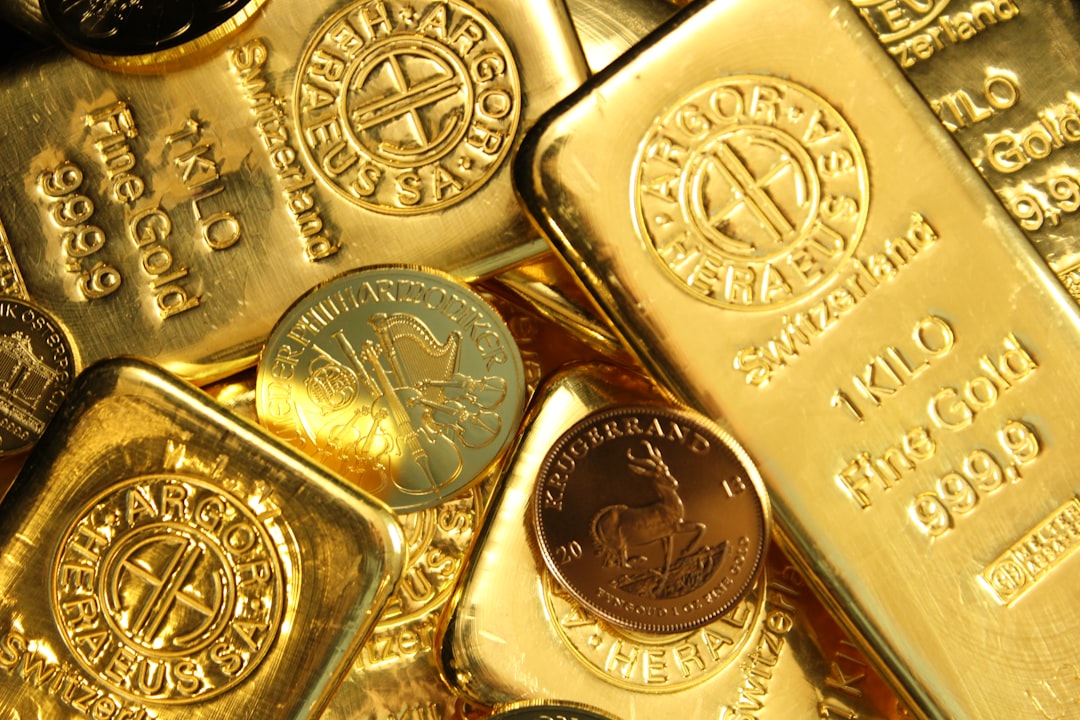
Renewed Geopolitical Concerns
Gold prices edged higher, fueled by escalating tensions between Russia and Ukraine. The renewed geopolitical risk has driven safe-haven demand for the yellow metal. Investors are increasingly hedging against potential market instability, with gold reaffirming its role as a crisis hedge.
Influence of the Dollar
The U.S. dollar softened against major currencies, making gold more attractive to international buyers. The weakening of the greenback is tied to recent dovish signals from the Federal Reserve, hinting at a slower pace of monetary tightening.
Key Drivers of Gold Prices
Geopolitical Tensions: Heightened conflict in Eastern Europe has reignited fears of broader economic implications, pushing gold demand higher.
Central Bank Buying: Central banks, particularly in emerging markets, continue to accumulate gold reserves, supporting long-term demand.
Economic Data: Softer U.S. macroeconomic data reinforces expectations of a Federal Reserve pivot, further benefiting gold.
Technical Analysis
Gold is testing resistance near the $2,000 per ounce mark. A sustained breakout could signal further upward momentum, while support levels remain strong around $1,920.
Broader Commodity Trends
Oil: Rising geopolitical tensions also lifted crude oil prices, with markets anticipating potential supply disruptions.
Copper: Continued weakness due to slowing industrial demand in China.
Enhance Analysis with Data Tools
Commodities API: Track real-time gold price movements and trends.
Economics Calendar: Stay updated on key economic indicators affecting commodity markets.
Conclusion
Gold’s recovery reflects a confluence of geopolitical and economic factors. With geopolitical risks and dollar fluctuations dominating sentiment, gold could remain a preferred asset for investors seeking stability in uncertain times.

